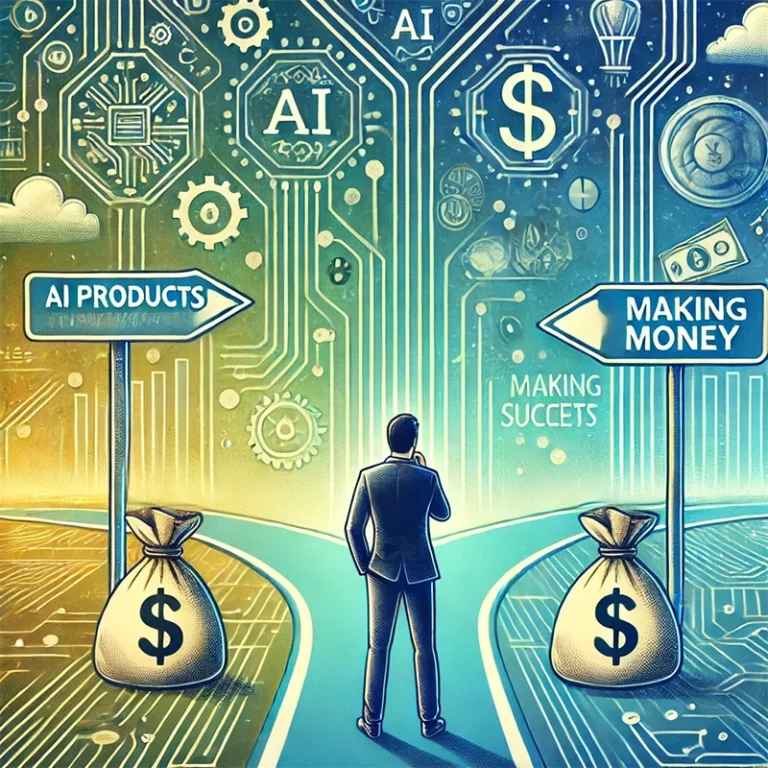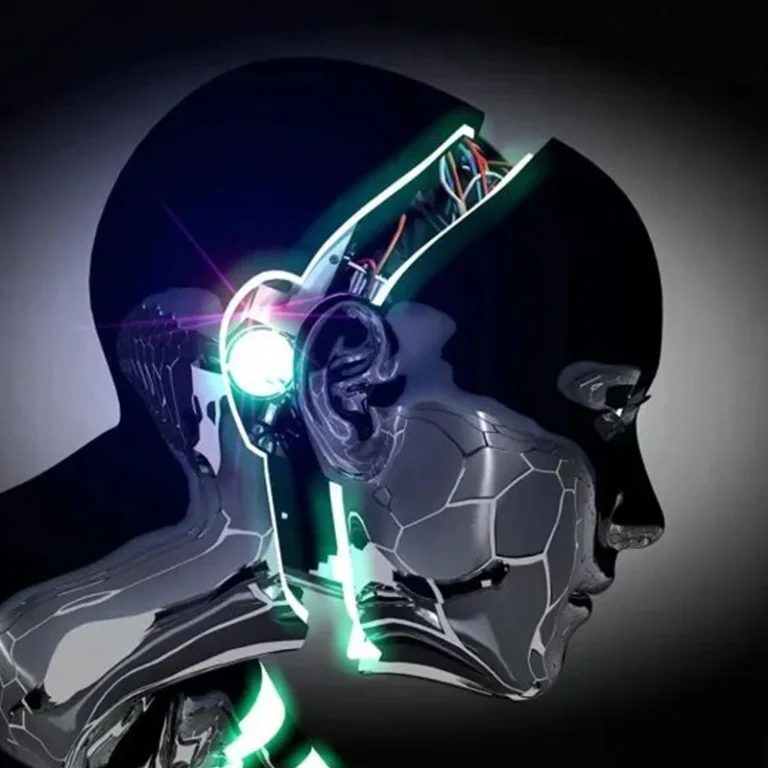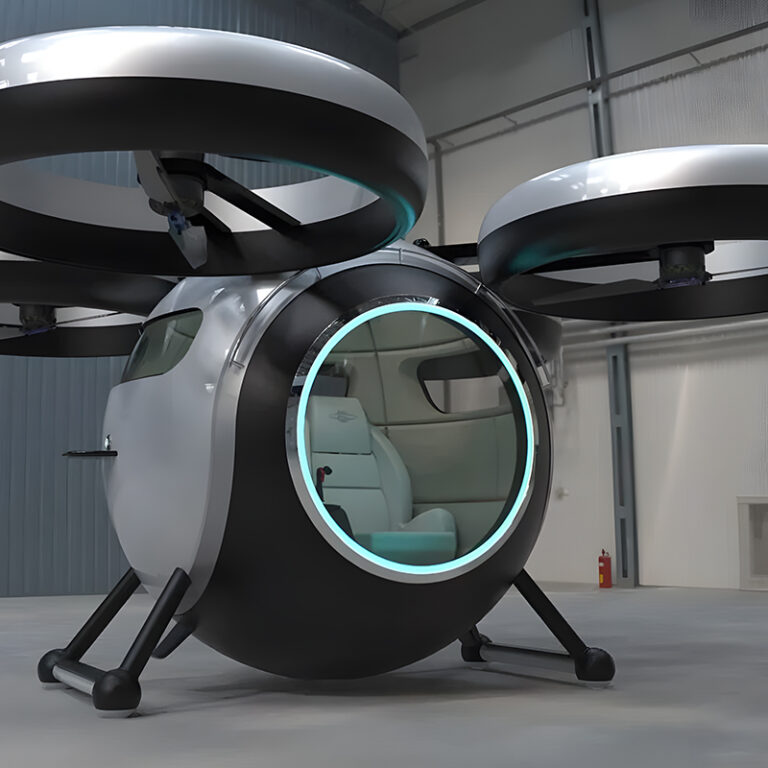Embodied Intelligence is poised to be the most significant opportunity in the AI sector’s future. Traditional generative AI training has relied on data from the internet, and the virtual world, creating a disconnect with the physical realm. The next generation of AI will incorporate data from the physical world, marking its entry into tangible interactions. It is predicted that by 2025, the global market size for embodied intelligence will reach $22.52 billion, skyrocketing to over $64.35 billion by 2030.
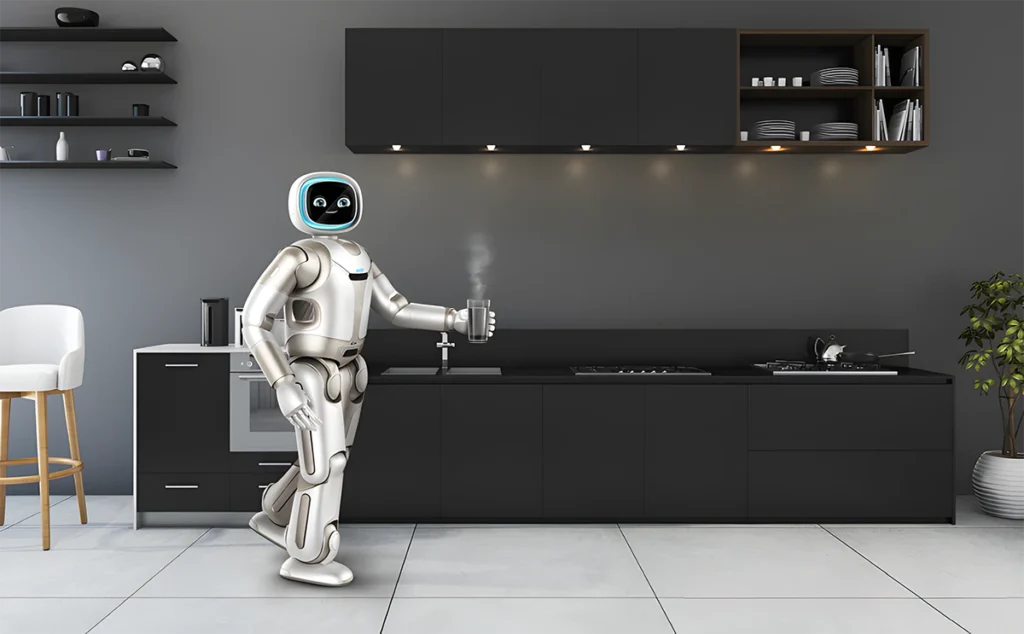
Transforming Industries and Everyday Life
The vast potential applications of embodied intelligence in manufacturing, logistics, healthcare, and domestic services will propel continuous market expansion. As a deep integration of artificial intelligence and robotics, embodied intelligence is transitioning from the lab to real-world applications.
In the past, AI was like a master gamer confined to the virtual world. Now, it’s stepping out into our lives, becoming touchable and visible. Essentially, embodied intelligence allows AI to “wear a body,” enabling it to see, hear, and move, much like J.A.R.V.I.S. from “Iron Man,” capable of conversation and making coffee.
For instance, in a hospital, a robot nurse gently opens the door to take your temperature, deliver medicine, or even chat to alleviate boredom. This exemplifies embodied intelligence in healthcare. Or consider a factory where robots are no longer confined to mechanical arms but agile workers, collaborating on complex assembly tasks and even diagnosing their own malfunctions—this efficiency and intelligence are awe-inspiring.
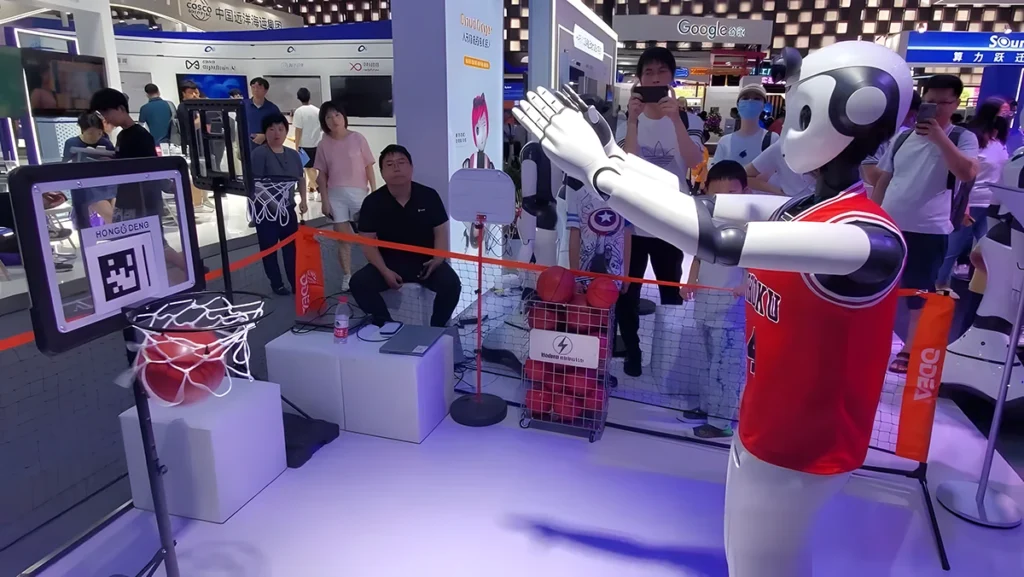
Market Projections and Societal Impact
When it comes to the market, data is always the most direct indicator. The market size for embodied intelligence is estimated at $22.52 billion by 2025; by 2030, this figure is expected to soar to $64.35 billion. This indicates that both enterprises and consumers have high expectations and demands for embodied intelligence. After all, who wouldn’t want a robot at home that can sweep, cook, and entertain the children?
Of course, the development of any new technology is not without its challenges. Opinions on this are mixed. Some people are ecstatic, saying, “Finally, household chores can be outsourced to robots!” Others worry, “If robots can do housework, won’t humans be out of work?” Such concerns are valid, but from another perspective, perhaps embodied intelligence will create more new job opportunities, such as robot maintenance technicians and AI education experts, which are emerging fields.
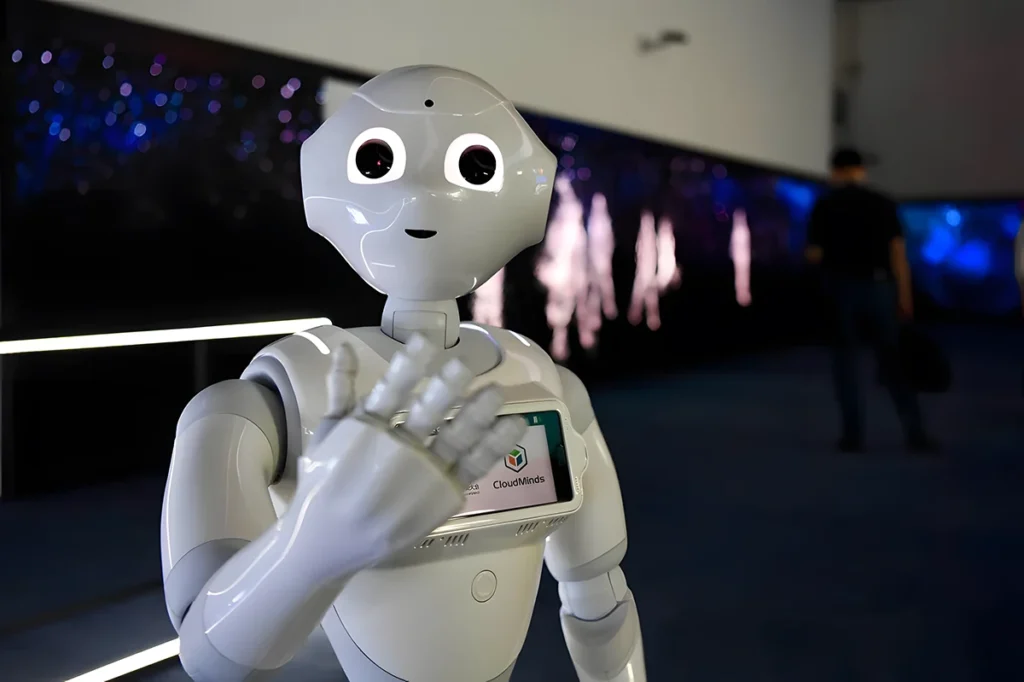
The emergence of embodied intelligence brings not only convenience and efficiency but also profound challenges to employment and social structures. On one hand, it can greatly enhance productivity, making our lives more comfortable and convenient; on the other hand, how to balance human-machine relationships and avoid social issues brought about by technological development is a subject we cannot avoid. After all, technology is meant to serve humanity better, not replace it.
